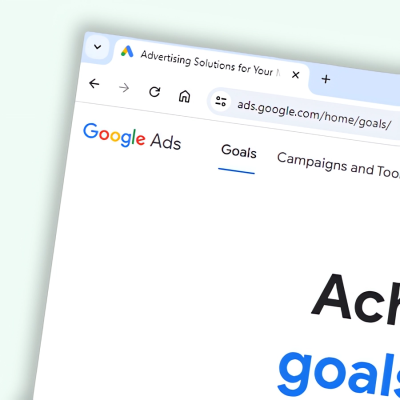This year’s Black Friday on 26th November is set to be more notable than ever, as shoppers seek to buy their Christmas gifts early amid fears of shortages.
Whether you offer discounts and sales or not, the huge increase in online traffic over the Black Friday weekend means there is a heightened opportunity for you to pick up those much-needed target customers. With almost a third of retail sales now occurring online in the UK, the biggest retail event of the year is not an e-commerce opportunity you want to miss…
What is Black Friday?
Black Friday is a US-inspired commercial holiday that falls on the day after Thanksgiving to signify the start of the Christmas shopping period. Coined in Philadelphia in the 1950s, Black Friday made its way to our shores in 2010 when American giant Amazon offered Black Friday deals here in the UK. Cyber Monday lands on the Monday after Black Friday, 29th November. An online-only event limited strictly to 24 hours, Cyber Monday is seen as the 21st-century response to Black Friday due to the rising use of e-commerce by consumers. After the online spending boom during the 2020 lockdowns, this year’s Black Friday-Cyber Monday weekend is going to be unavoidable for online retailers looking to embrace changing consumer habits.
Why is it so popular?
The sale has long been a way for retailers to drive up revenue, so you may be asking yourselves why is this anything different from the norm? Though Black Friday’s popularity initially stemmed from its (perceived) sizable savings and huge discounts, the mainstream media have since been responsible for its growing prominence in the UK retail market. It became infamous for the much-publicized hysteria and frenzies that grip a bargain-hungry public. The media circus surrounding the event was the perfect marketing tool to advertise the huge discounts on offer, triggering its exponential growth.
Our top tips to get your e-commerce website ready for the Black Friday & Christmas
1. Mobile optimisation
Mobile and tablet sales already dominate the e-commerce market and are set to increase year on year. You can optimise your site with a user-friendly cross-device design, and even consider creating a mobile app for your business, to encourage mobile users to purchase your products.
2. Omnichannel presence
Different demographics search and shop differently online, so it is important to cover all the channels that might be reaching your target audience. This means developing great marketing campaigns for email and social media, and Pay Per Click advertising.
3. Prioritise delivery options
Customers are used to being given a range of convenient delivery options, something you must provide if you are to stay ahead of your competitors. Click and Collect services, fast and secure delivery, and ensuring a clear return policy can be game-changing for customers at checkout.
4. Provide smooth payment options
At checkout, customers on any device need to be able to quickly and securely pay for their purchases. Check out our guide to the best payment gateways to make sure you’re offering optimum payment services to keep those conversions coming.
5. Optimise for SEO
Shoppers using search engines need to be able to find your business if you offer relevant services and products. This can’t happen unless your site is optimised for search engines, meaning your site infrastructure, content, keywords, speed, and user experience, among others, have to be thoroughly thought-through to increase your site’s rankings. Click here for more information on ranking factors for SEO.
6. Maintain a high-speed website
If your site is slow you risk losing customers to an increased bounce rate and decreased SEO rankings. You can optimise your site speed by caching your web pages and making sure images are properly optimised.
7. Don’t underestimate the power of reviews
In the online world, reviews are highly valued by customers as verification of your site and services, creating traffic, leads, and making conversions. Make sure you feature on multiple review platforms so that your business can maintain its reputation, exposure, and bring in trusting customers.
8. Consider live chat and chatbots
Just as in store, your customer experience needs to be the best that it can. As well as providing clear contact information, you might consider implementing customer service chatbots on your website in order to maintain good communication with site visitors. Alternatively, having a live chat service so visitors can directly talk to someone. Live chat is often much more convenient for a user than making a telephone call or a protracted email correspondence.
9. Test that your site can handle extra traffic
Particularly if you are putting on big sales and offers, your website traffic over the Black Friday weekend could be greater than usual. To ensure your site has the infrastructure to handle surges in traffic, speak to us today for advice.
10. Secure your site
It’s vital for you and your customers that you keep your website safe, and that you communicate your site’s security to visitors. Aside from having technically robust site infrastructure, you can also enable SSL so your customer feels secure at checkout, and display safe checkout and trust badges on your site.
For help and advice on how to optimise your website, don’t hesitate to get in touch.


